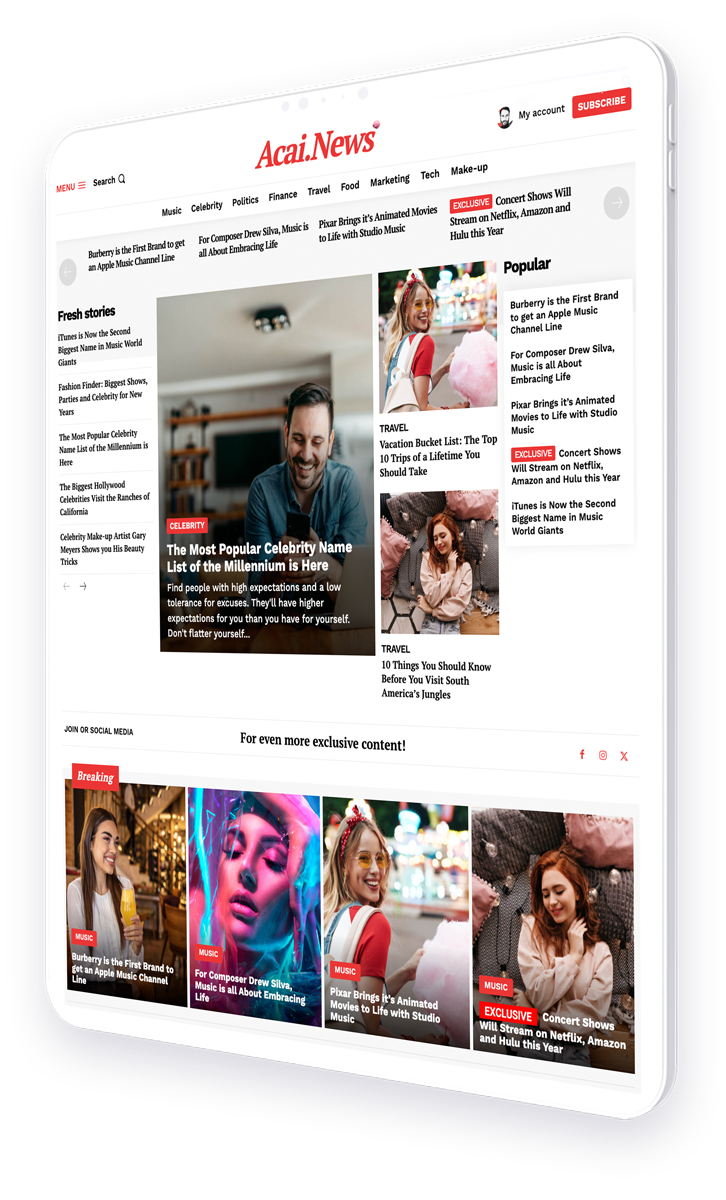Hybrid workflows that improve content quality and consistency
As the digital landscape evolves, the fusion of artificial intelligence (AI) and human creativity is reshaping the way content is created, edited, and published. Editorial co-creation harnesses the strengths of both AI tools and human insight to enhance the quality and consistency of articles. This approach not only streamlines the editorial process but also opens up new avenues for creativity and efficiency in content production.
- Understanding Hybrid Workflows
- Benefits of Editorial Co-Creation
- Real-World Applications
- Challenges and Solutions
- The Future of Editorial Co-Creation
- Conclusion
Understanding Hybrid Workflows
Hybrid workflows in content creation involve a collaborative interaction between AI tools and human editors. AI can assist in various stages of article development, from research and data gathering to language correction and style enhancement. The human element, on the other hand, is crucial for adding a personal touch, understanding audience nuances, and ensuring the content aligns with ethical standards.
- AI-driven research tools can quickly gather and process large volumes of data.
- AI writing assistants can suggest content improvements based on best SEO practices.
- Human editors focus on narrative flow, voice consistency, and editorial judgment.
Benefits of Editorial Co-Creation
The synergy between AI and human creativity in editorial co-creation offers numerous benefits:
- Enhanced Efficiency: AI accelerates the data-heavy aspects of content creation, allowing human editors to focus on more creative tasks.
- Improved Consistency: AI tools can maintain a uniform style and tone across articles, which is particularly beneficial for brand consistency.
- Scalability: With AI handling routine tasks, content teams can scale their production without a corresponding increase in errors or oversight.
- Innovative Storytelling: AI can analyze data trends to suggest unique angles and insights that might not be immediately obvious to human editors.
Real-World Applications
Many leading content organizations have successfully integrated AI into their editorial processes. For instance, The Washington Post uses its in-house AI technology, Heliograf, to assist in news coverage and reporting. This AI tool helps journalists by providing them with data insights and draft reports that they can refine and enhance.
Another example is Forbes, which utilizes an AI tool named Bertie to suggest headlines and images, draft introductory paragraphs, and recommend content tweaks based on its analysis of trending topics and previous reader engagement.
Challenges and Solutions
While the benefits are significant, the integration of AI into editorial workflows is not without challenges:
- Quality Control: AI may generate content that lacks depth or is too generic without proper oversight.
- Editorial Ethics: Ensuring that AI-generated content adheres to ethical standards is crucial.
- Human Reluctance: Some editors may be hesitant to rely on AI, fearing it may compromise content integrity or their job security.
To address these challenges, it is essential to establish clear guidelines for AI use in editorial tasks, provide training for editorial teams, and ensure a balanced approach that respects both technological and human contributions.
The Future of Editorial Co-Creation
The future of editorial co-creation looks promising, with advancements in AI technology continuously improving the ways in which content can be created, refined, and personalized. As AI becomes more sophisticated, its integration with human creativity is expected to become more seamless, leading to richer and more engaging content.
Conclusion
Editorial co-creation represents a significant advancement in the field of content production. By combining the computational power of AI with the nuanced capabilities of human creativity, publishers can enhance both the efficiency and quality of their content. As this collaborative approach continues to evolve, it will undoubtedly shape the future landscape of media and publishing.
For more insights into how AI is transforming the media landscape, visit Nieman Journalism Lab.




